Extracted from my article published in the Business Mirror last May 10, 2015
On the 79rd anniversary of the Fall of Corregidor, here are 10 facts that Filipinos may not know about the island fortress of Corregidor and its adjoining islands.
- The cement for concrete used to line the 30 to 40 ft. thick walls of Malinta Tunnel (an 836-ft. long, fishbone-shaped system of bombproof tunnels with three 227-m. by 8-m. main sections and 24 49-m. by 4.5-m. laterals) was, ironically, Asada cement bought from the Japanese.
- Corregidor and Caballo islands are believed to be the exposed rim of a volcano that form part of a potentially active (according to the Philippine Institute of Volcanology and Seismology) volcanic caldera. With a rim elevation of 173 m. (568 ft.) and a base diameter of 4 kms. (2.5 mi.), it has no known eruptions in the Holocene Period (around 10,000 years ago) as it last eruption was about 1 million years based on the age of deposits.
- Malinta Tunnel was bored out of Malinta Hill using “forced labor”in the form of 1,000 convicts from the Old Bilibid Prison in Manila, most of which were serving life sentences. The Philippine Commonwealth offered them as equity in the construction of Malinta Tunnel Project.
- The island’s name was either derived from the Spanish name for “corrector” (one who checks and corrects papers of incoming ships) or from the Spanish word corregidor (the man who heads the corregimiento or unpacified military zone).
- Though Corregidor is much nearer geographically (it is 3 nautical miles away with 30 minutes travel time from Brgy. Cabcaben) and historically to Mariveles (Bataan), it belongs to Cavite, being under the territorial jurisdiction and administrative management of Cavite City. When you are on the island you can see more of Bataan than Cavite City.
- The 880-m. (1,520-ft.) long, three-storey high and hurricane-proof “Mile Long” Barracks, though less than a third of a mile long, is reputedly the world’s longest military barracks. It housed 8,000 men and the headquarters of Gen. Douglas MacArthur.
- The flagpole where the American flag was lowered during the May 6, 1942 surrender to the Japanese and raised during the March 2, 1945 liberation is actually a mast of a Spanish warship Reina Cristinawhich was captured by Admiral George Dewey after the May 1, 1898 Battle of Manila Bay and put up in Corregidor. The American flag was lowered for the last time on October 12, 1947 and the Philippine flag hoisted in its stead.
- Corregidor had “disappearing” gun batteries. These disappearing guns were mounted on a “disappearing carriage” which enabled a gun to hide from direct fire and observation. Battery Crockett and Cheney each had two 12” seacoast guns while Battery Grubbs had two 10” guns.
- Fort Drum, the “Concrete Battleship,” located 7 mi. southeast of Corregidor, must be unprecedented in the history of military fortifications. Located on the former small, rocky El Fraile Island, this heavily fortified 240-ft. long, 160-ft. wide and 40-ft. high citadel bristled with 11 guns (including two batteries with rotating turrets with two 14” guns). It was built from 1909 to 1919 by the U.S. Army Corps of Engineers who flattened the island and reconstructed it to resemble the forepart of a battleship, with one end flat and the other shaped like a prow.
- Though Corregidor and the adjoining islands bristled with 56 coastal guns and mortars in 23 seacoast batteries and 76 (28 3-inch and 48 50-caliber) anti-aircraft guns in 13 batteries, with artillery models dating back to 1890, only the eight 12-inch mortars of Battery Geary and the four 12-inch mortars of Way proved to be the best and most effective for the defense of Corregidor during the Japanese siege.
Corregidor Island: Cavite City, Cavite

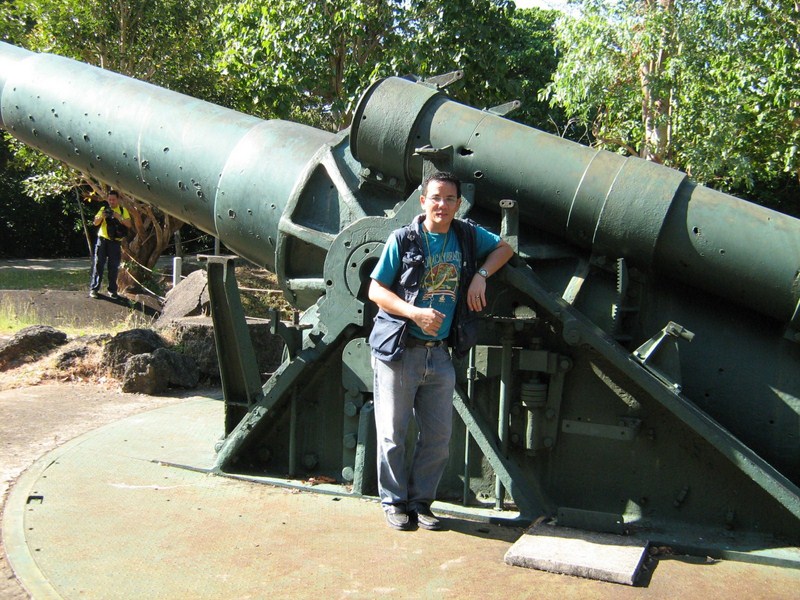
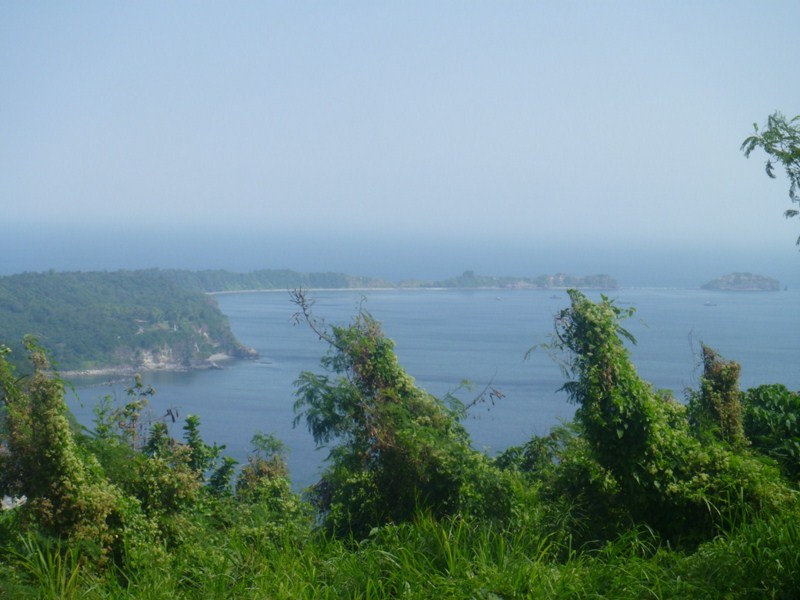
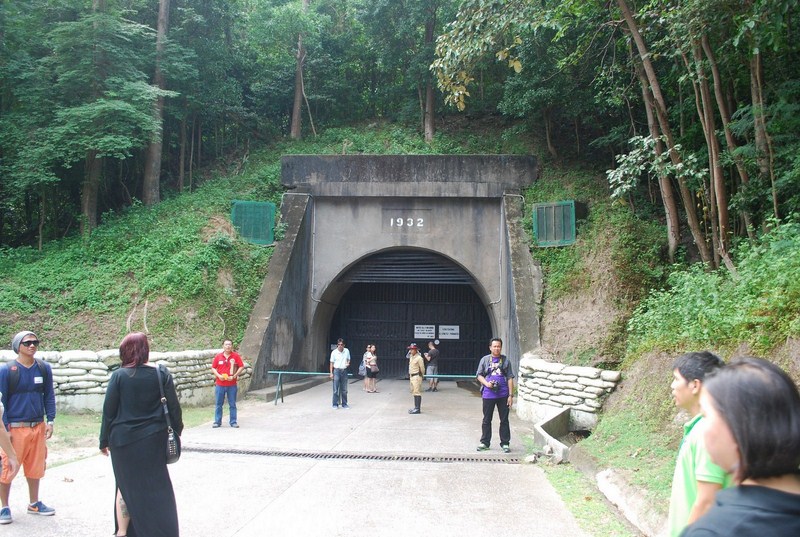
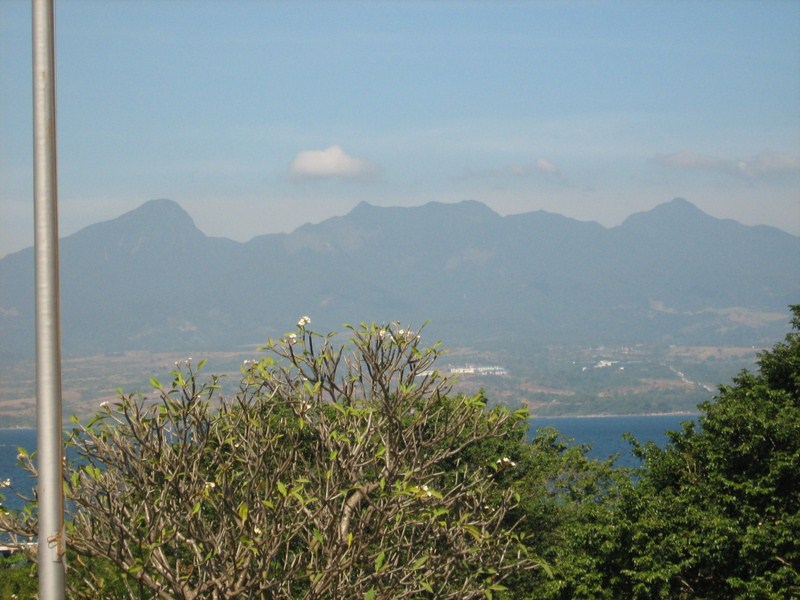
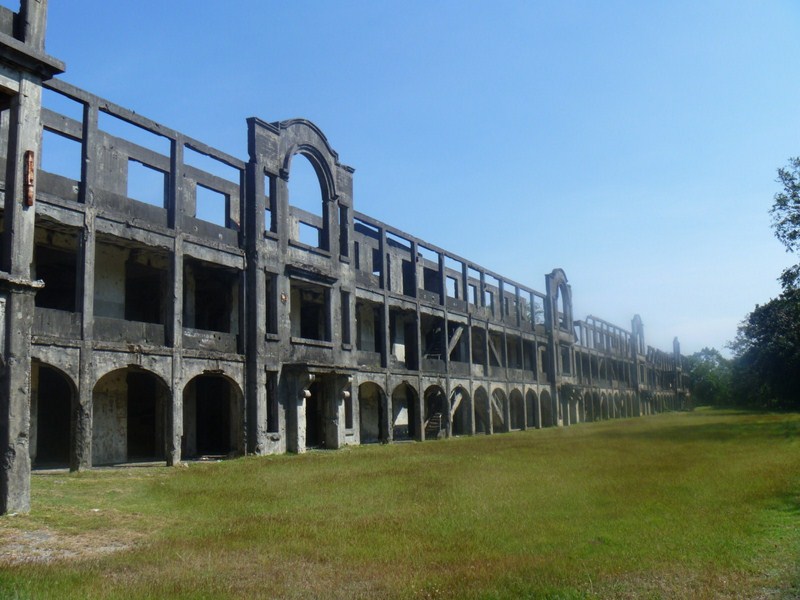
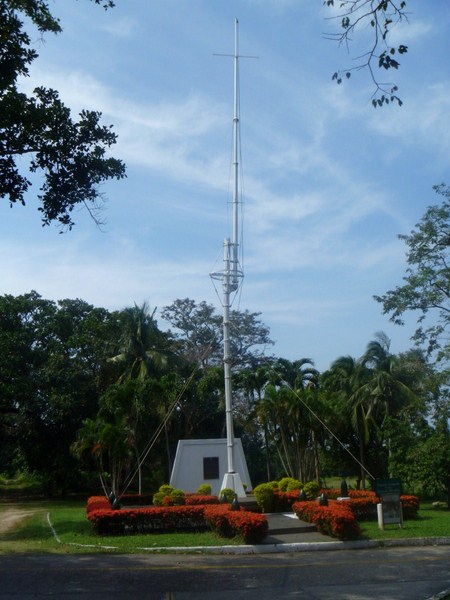
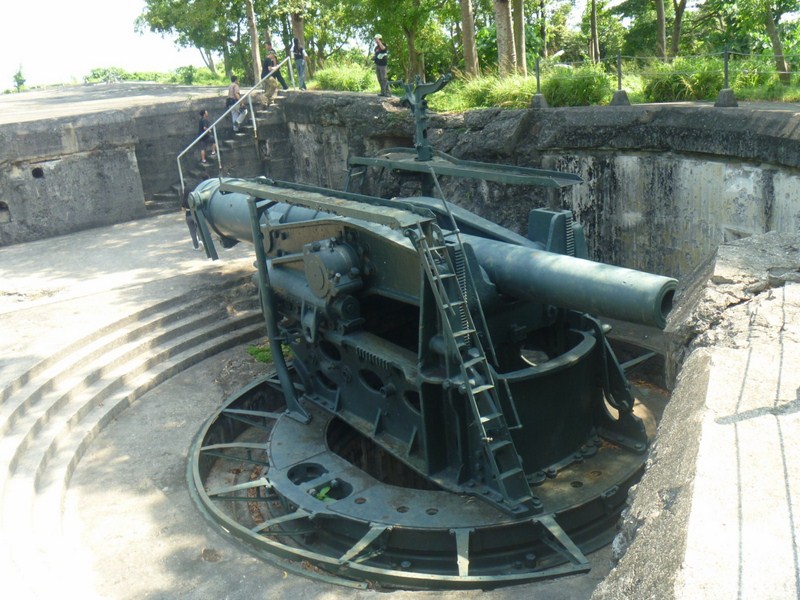
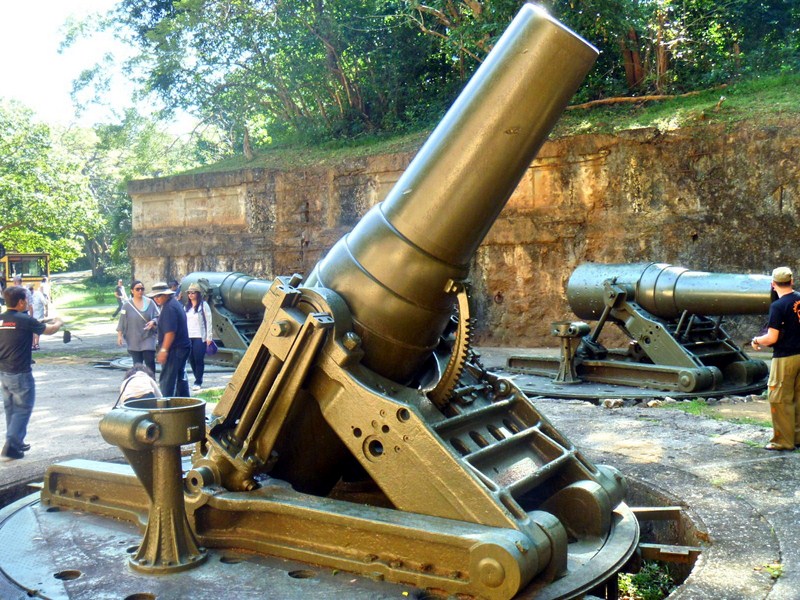
Hi benjielayug.com administrator, Great post!